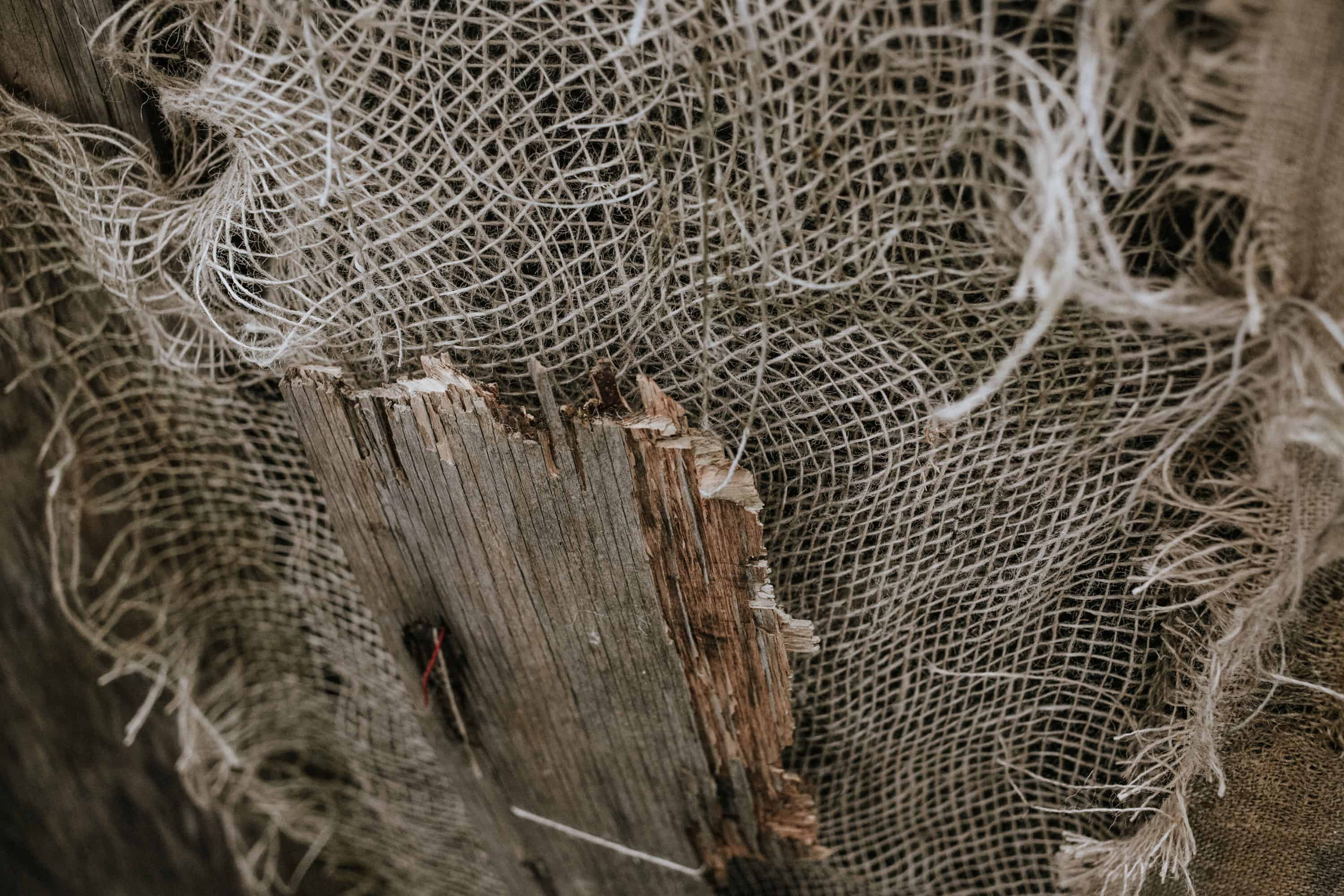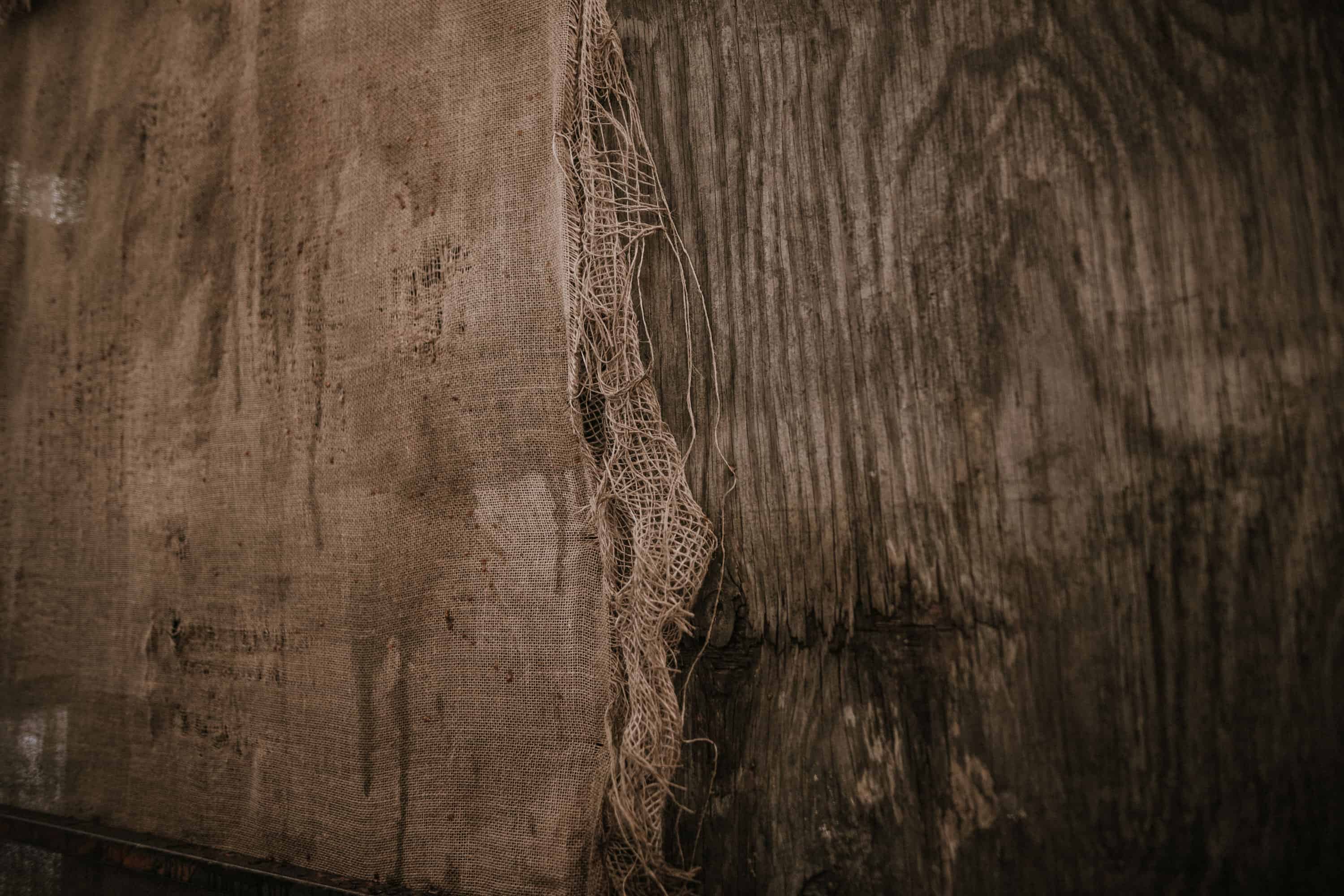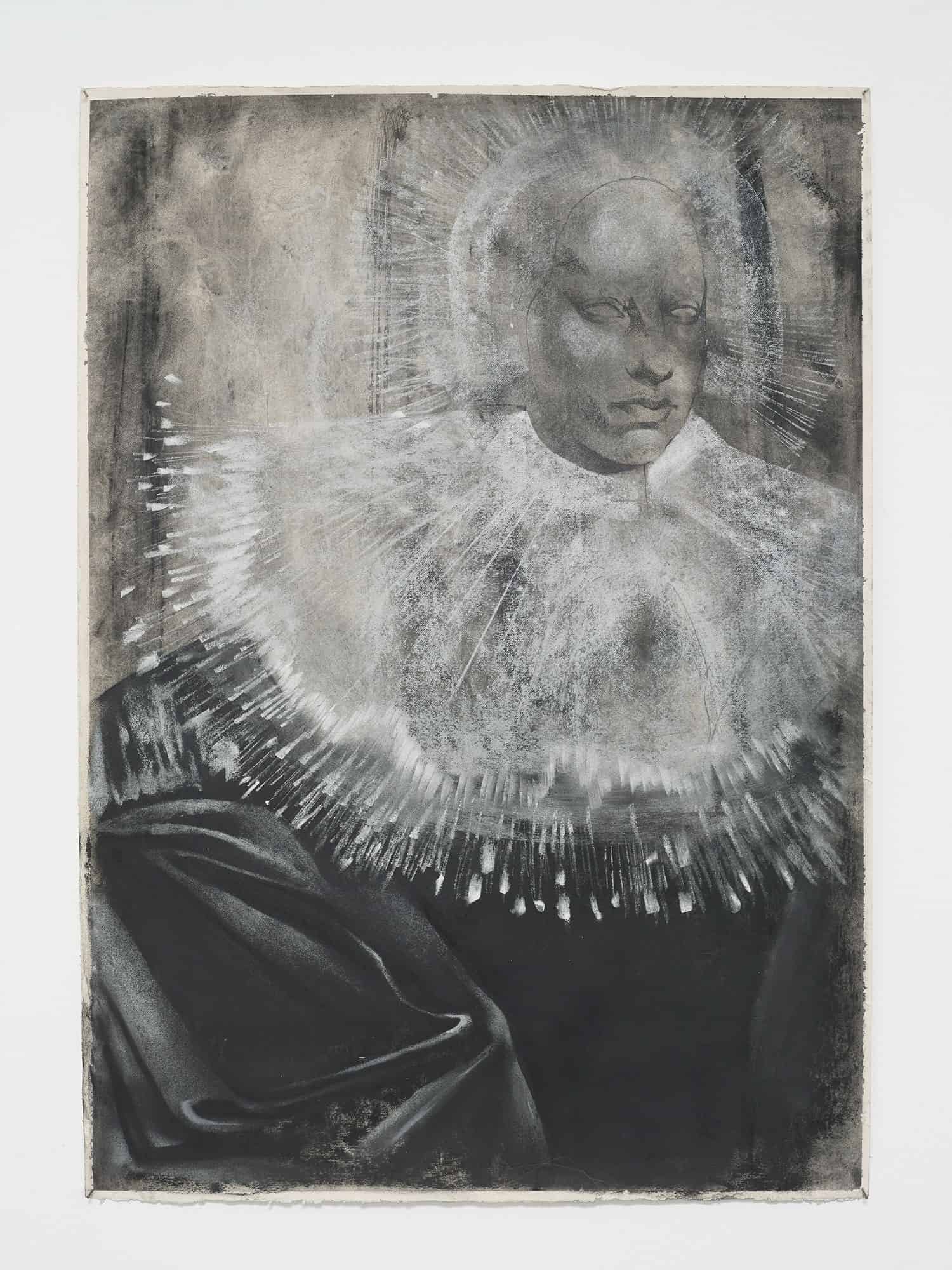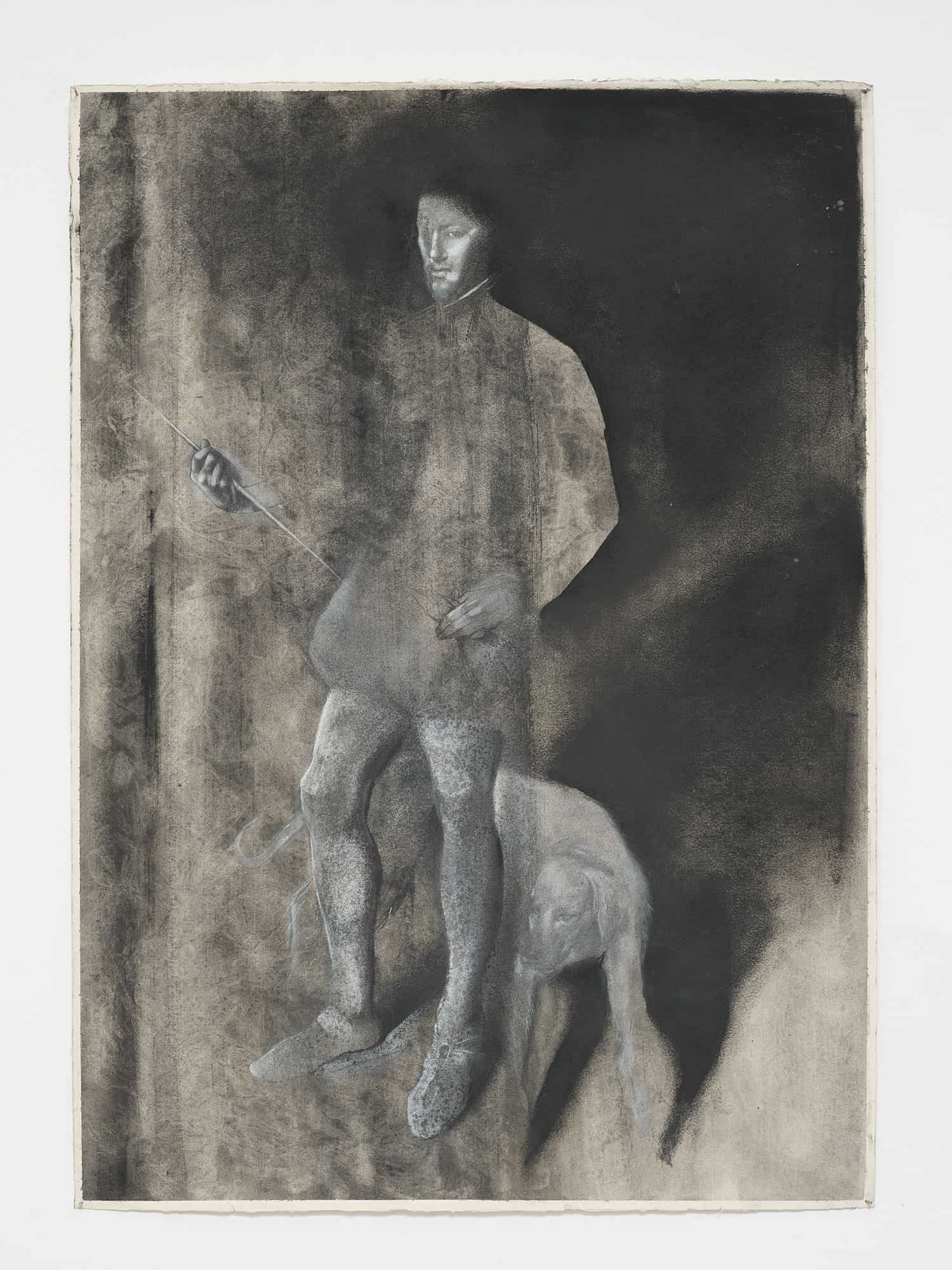The work of Polish Roma artist Krzysztof Gil explores cultural history and memory, in a dialogue between past and present that seeks to draw attention to forgotten stories. One of only two artists of Roma descent currently working in Poland, his work offers a unique insight into the history and traditions of the Roma people. A diverse yet stateless population of approximately 9 to 12 million, Roma speak many languages, practice different religions and have varied customs, but do not maintain written records of their history – it is a oral tradition built on songs, stories and music.
A new show entitled Welcome to the Country Where the Gypsy has been Hunted at l’étrangère in London features Gil’s installation work TAJSA Yesterday and Tomorrow (2018), an immersive presentation that takes as its point of departure the ritual of ‘Heidenjachten’ or ‘Gypsy hunt’ – the legal persecution and hunting of Roma people prevalent in Germany and the Netherlands from the seventeenth until as late as the nineteenth centuries. The work consists of a shelter-like structure that imitates the traditional, humble and temporary houses erected by itinerant Roma communities, inside of which a panoramic tableau depicts a procession of hunters, animals and human corpses in the style of Dutch Golden Age painting. By drawing attention to this lesser known moment in European history, Gil’s work transcends its historical origins and viscerally connects with a contemporary audience.
Portrait of Krzysztof Gil courtesy of Henryk Gallery, Kraków and l’étrangère, London.
After Nyne: Could you tell us a little bit about your background – growing up in Poland with Roma heritage and how those experiences have impacted your work and practice?
Krzysztof Gil: I come from the Bergitka group of Romas who settled in the south of Poland in the fifteenth century. The Bergitkas were metal smiths by profession, so they could settle in one place and did not have to travel to seek work and this helped them to assimilate easier within the local communities. Although they were more progressive than other Roma groups, highly valuing education and professions, they cultivated some of the Romanic traditions, language being one of them, which defined their identity. The history was passed orally from generation to generation. This openness to education allowed me to complete my degree without being bound to tradition of starting a family or following into a family traditional trade, as it often happens within some other, more orthodox Roma groups.

Exhibition “Welcome to the Country Where the Gypsy has been Hunted” by Krzysztof Gil, courtesy: l’etrangere, photo Andy Kaete
A.N.: The topic of your show at l’étrangère – the legal persecution of Roma people throughout history, particularly in Germany and the Netherlands – is very sensitive but also relates to a specific region. How has the change in context in which your work is shown impacted its development?
K.G.: In my works I reference the European Old Masters who practiced in seventeenth century Europe, so at the same time as the laws against the gypsies in Europe were introduced. There are only slight hints at the Roma people in the installation. By using these art historical references I felt it allowed for more ambiguous and universal reading of the works, crossing not only geographical boundaries but also time and nationalities.
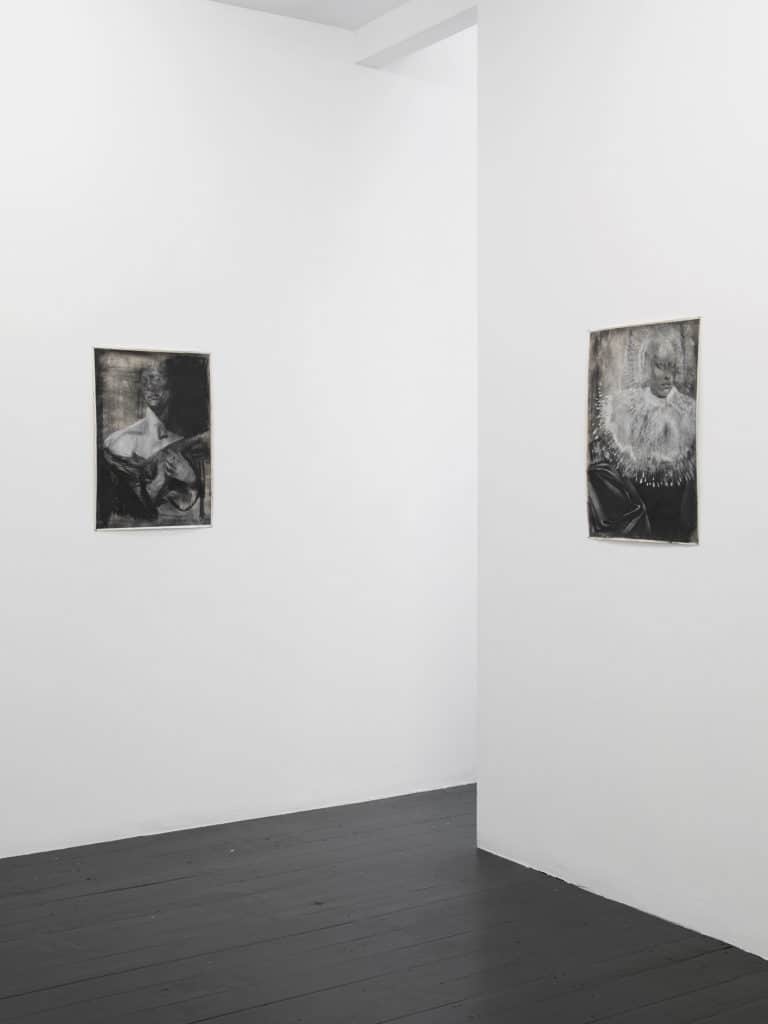
Exhibition “Welcome to the Country Where the Gypsy has been Hunted” by Krzysztof Gil, courtesy: l’etrangere, photo Andy Kaete
A.N.: How have you brought your own family’s history and stories into the exhibition?
K.G.: I used the idea of hunting in a real and metaphorical way in this installation. I included a recording of my grandmother’s story describing the murder of my grand-grandfather by Polish co-workers whom he criticised for doing shoddy work. Although the murder took place in the 1950s, the perpetrators went unpunished, the case having been dismissed as an accident.
In 2015 I was chosen to participate in a national campaign that promoted successful Roma people as good examples for their own communities to follow, but also to fight against negative stereotypes against Roma within the wider community. There was a lot of vandalism to the portraits of the Roma people used in the campaign and a picture of my face was also brutally vandalised. Again, there were no consequences for the perpetrators. It was the time when I felt as if I was hunted.

Krzysztof Gil, TAJSA -Yesterday and Tomorrow, 2018. Installation, courtesy: l’etrangere, photo Andy Kaete
A.N.: Have you used materials specifically in this work to invoke the transitory nature of the Roma experience?
K.G.: The makeshift dwelling in the gallery resembles a traditional Gypsy shack and has been covered with found natural, untreated and fragile materials such as canvas, bark and ropes. The choice of the materials that can be found in nature underlies the nomadic element of the Gypsy lifestyle. This kind of construction allows for quick assembly and de-assembly, and it’s easily transportable to another location.

Krzysztof Gil, TAJSA -Yesterday and Tomorrow, 2018. Installation, courtesy: l’etrangere, photo Andy Kaete
A.N.: The composition of the interior frieze has been inspired by the famous Rembrandt painting, The Anatomy Lesson of Dr. Nicolaes Tulp(1632), which both records the development of the surgical profession and presents death in a very objective way. Could you speak a little about the influence of the Dutch tradition when addressing such complex subject matter?
K.G.: Rembrandt is only one of the references that I refer to in my work. I have been inspired by famous Baroque paintings depicting hunting scenes and portraits of the society figures who would possibly have participated in establishing (or at least been aware of) the laws that allowed the hunting of Gypsies. The Baroque paintings tend to aesthetisise these problematic topics, something I found somewhat alienating.
Krzysztof Gil, TAJSA Yesterday and Tomorrow, 2018. Installation detail, Henryk Gallery, Kraków, Poland. Courtesy: Henryk Galery and l’etrangere.
Krzysztof Gil, TAJSA Yesterday and Tomorrow, 2018. Installation detail, Henryk Gallery, Kraków, Poland. Courtesy: Henryk Galery and l’etrangere.
A.N.: The concept of ‘tajsa’ is a key theme of the show and your practice in general. You have said that it is a word that means both yesterday and tomorrow in the Roma language. Could you expand on this – how is this concept of time significant within Roma culture and how is this expressed in your work?
K.G.: The Roma language does not have separate words for ‘yesterday’ and ‘tomorrow’. Instead ‘tajsa’ is used in different combinations with other words to describe the notion of either ‘yesterday’ or ‘tomorrow’. By taking the word ‘tajsa’ out of context, I treat it metaphorically, as an expression of the past and the future at the same time. History informs the future and we still live with the consequences of the laws that were enacted in the seventeenth century.
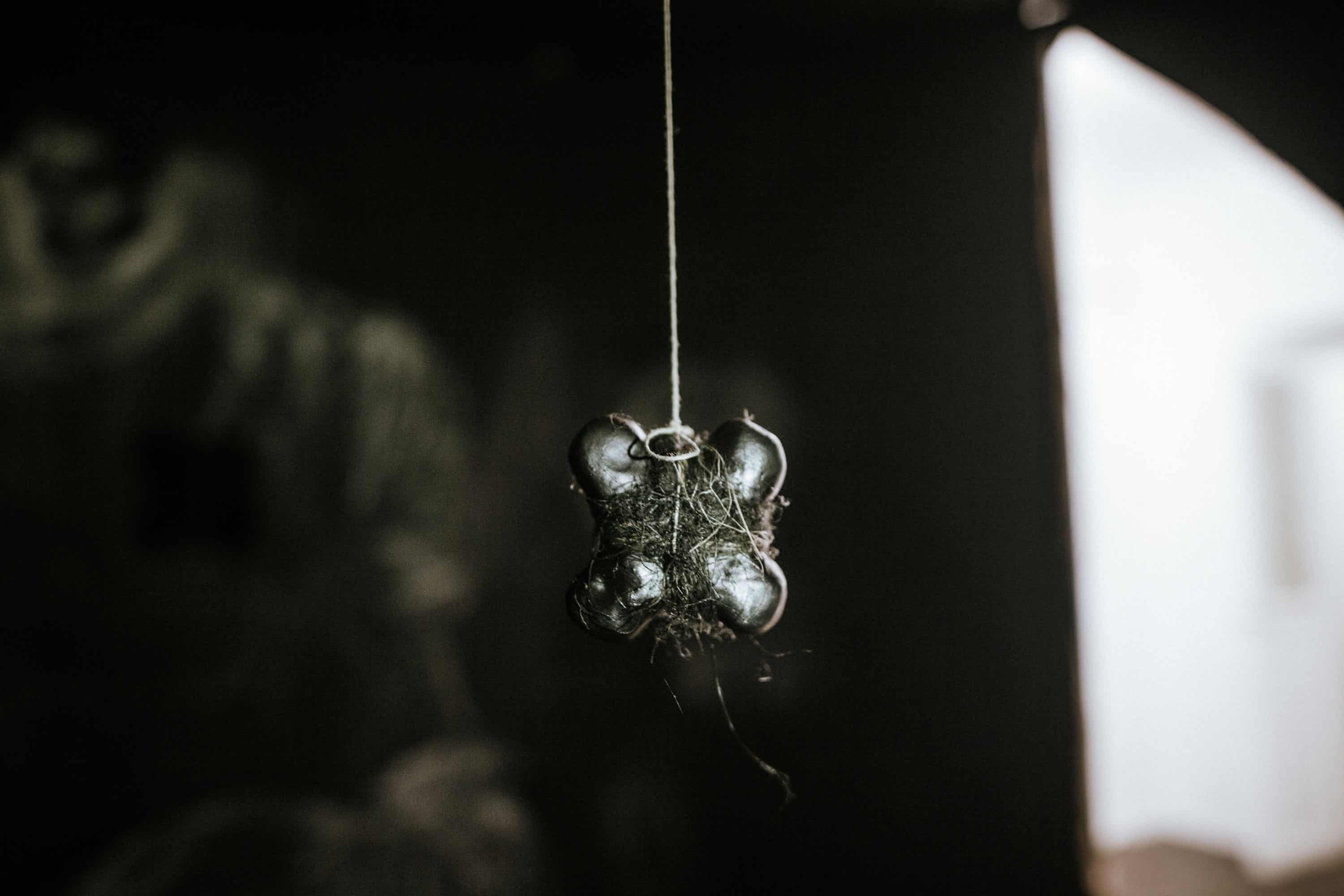
Krzysztof Gil, TAJSA Yesterday and Tomorrow, 2018. Installation detail, Henryk Gallery, Kraków, Poland. Courtesy: Henryk Galery and l’etrangere.
A.N.: Could you speak a little bit about your work with the International Roma Youth Network?
K.G.: The International Association of Roma Students was set up in Kraków in 2005 when I was in my second year at the Academy of Fine Arts. The aim was to promote education and help and respond to any difficult situations that Roma people found themselves in. I was closely involved with the Association for two years. I left the Association after a trip to Rome where I witnessed the mistreatment of Gypsy settlers, who were forcibly re-housed into a ghetto-like area outside of Rome, without any support from the government or other public funding body. I decided then that the only way I am able to react to this situation is through art.
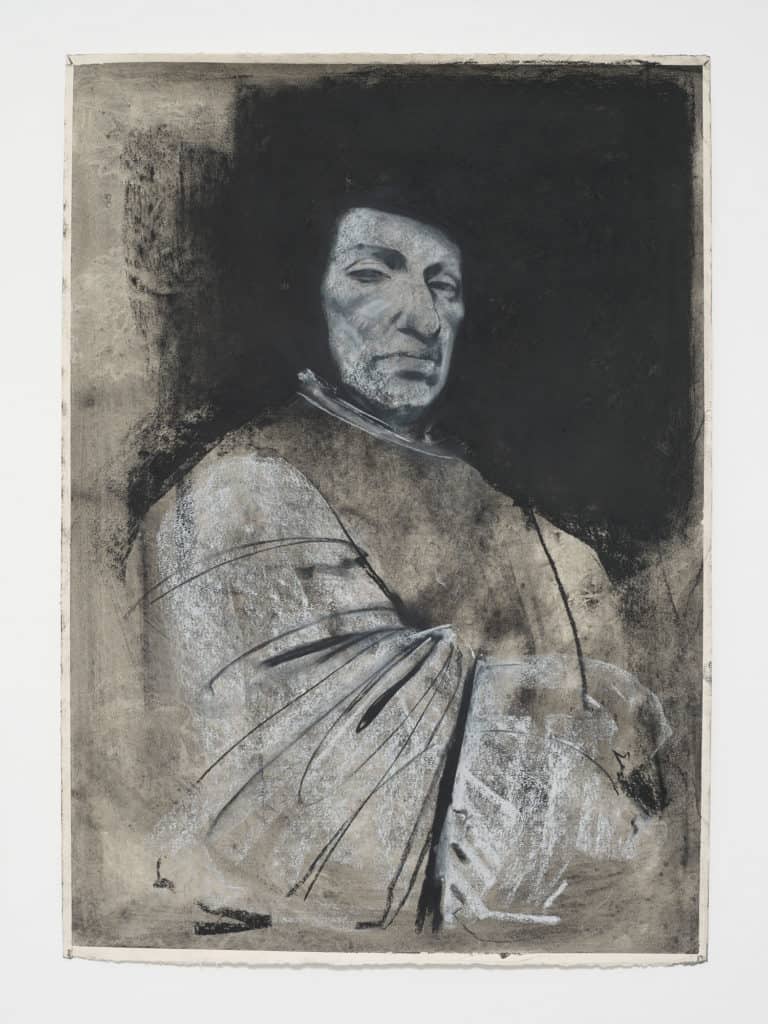
Exhibition “Welcome to the Country Where the Gypsy has been Hunted” by Krzysztof Gil, courtesy: l’etrangere, photo Andy Kaete
A.N.: Could you tell us about any other projects you’re working on at the moment, either in your solo practice. What does 2019 hold for you?
K.G.: I intend to continue my research into Roma communities in Europe and beyond. This is a long-term project and my response would depend on what I feel is appropriate at the time but I am looking into developing more multi-media installations. I have also started to experiment with film having just completed my first film, Wast-Ciuri-Phabaj-Rat (Hand-Knife-Apple-Blood), based on Roma ritual of marking the lover.
Interviewed by After Nyne’s editor
Exhibition “Welcome to the Country Where the Gypsy has been Hunted” by Krzysztof Gil, courtesy: l’etrangere, photo Andy Kaete
Exhibition “Welcome to the Country Where the Gypsy has been Hunted” by Krzysztof Gil, courtesy: l’etrangere, photo Andy Kaete
Welcome to the Country Where the Gypsy has been Hunted by Krzysztof Gil is on view until 8 January 2019 at l’étrangère, 44a Charlotte Road, London EC2A 3PD. For more details see: l’étrangère
Talk: Professor Ken Gemes in conversation with Krzysztof Gil Tuesday 8 January, 2019, 7 pm. More info: here
This story was originally run by After Nyne on 20th November 2018.








